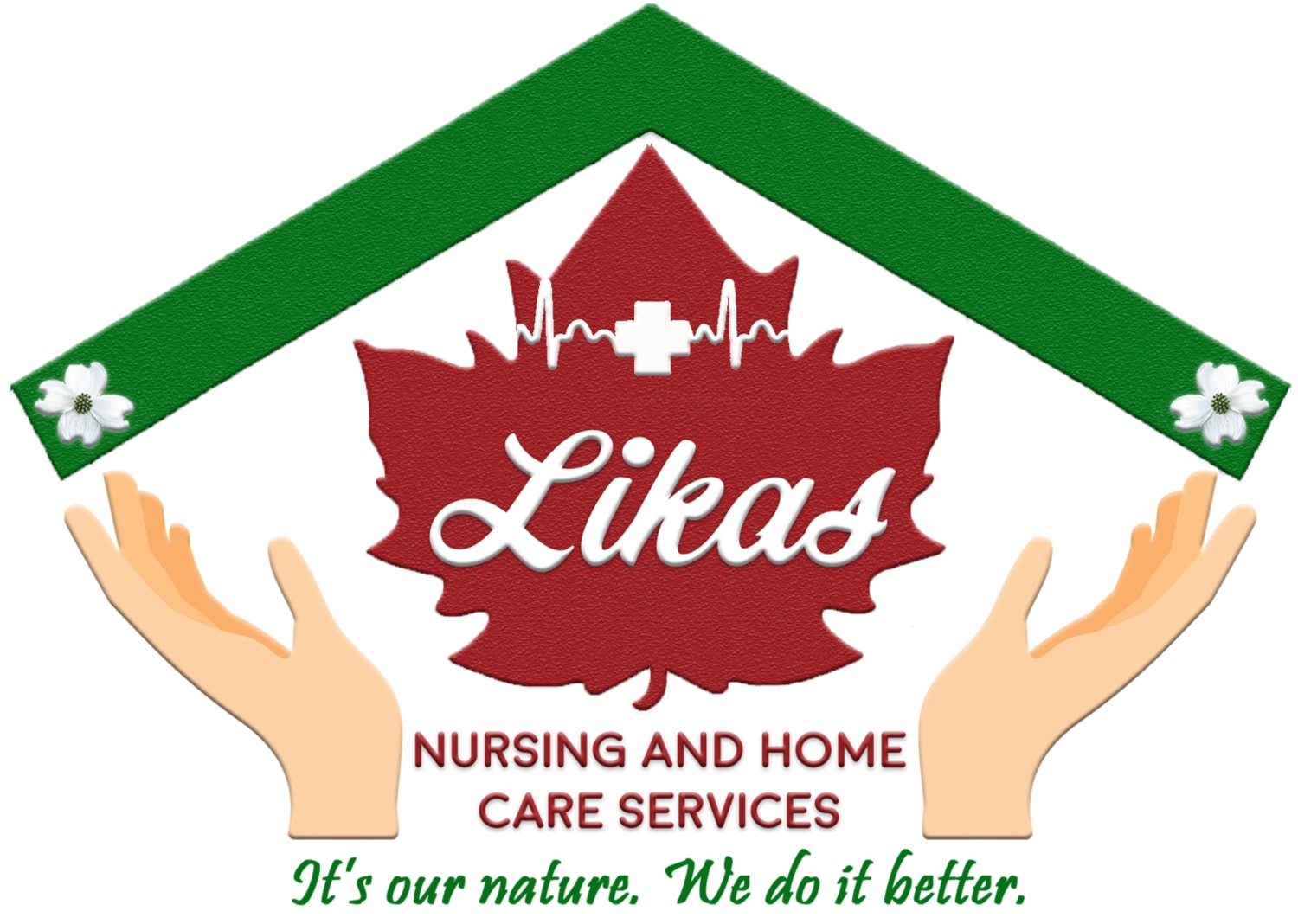
Have you heard of that lore that elderly people become shorter over time?
This myth is likely due to the development of osteoporosis, which is the loss of bone density in aging adults. In Canada, in individuals over 50 years old, one out of four and eight women and men, respectively, are affected by this disease. Osteoporosis can be debilitating, as this can lead to deformities (a curving of the spine), disabilities and difficulties in movement, and painful fractures.
Throughout life, there is continuous remodeling of bone, as bone is being lost and renewed. However, due to aging, more bone is lost than renewed, resulting in lower bone density than normal. This makes bones thin and weak, especially in wrist, spine and hip. Unfortunately, there are no clear-cut warning signs for osteoporosis until your loved one suffers from a fracture or has a noticeable stoop and change in posture. This change in posture is more easily described as a hunched back and is due to the collapse of the vertebrae.
Preventing Osteoporosis
There are two types of risk factors for osteoporosis: non-modifiable and modifiable. Non-modifiable factors are as follows:
Age
Sex – Women are at higher risk for osteoporosis because estrogen, which drops during menopause, help keep bones healthy. In some cases, hormone replacement therapy can be used as a preventive and corrective measure. This, however, is linked to an increased risk of breast cancer, so it may not be suitable for all women.
Family history of the disease
Early menopause before 45 years (may be surgical, such as due to ovaries being removed)
Osteopenia – This is defined as decreased bone density that is less than expected in patients with osteoporosis.
The good news is that there are modifiable risk factors that can be changed to prevent osteoporosis.
Low body weight – A healthy weight is optimal for bone health, as excessive weight may cause other problems, such as with the joints.
Low dietary calcium – Calcium is important for bone health, and most adults take much less than their daily requirement. Sources of calcium include low-fat dairy products like milk, yogurt, and cheese; dark green leafy vegetables; sardines and salmons with bones; almonds; and fortified foods. The amount of calcium you need to take daily varies over time and is increased during childhood, adolescence, pregnancy and breastfeeding. Older individuals also require more calcium and may need to take supplements because of the body’s reduced efficiency in absorbing calcium. Make sure you get 1200 mg of calcium per day to prevent osteoporosis!
Vitamin D deficiency – Vitamin D is necessary for optimal calcium absorption. Unfortunately, in Canada, from October to March the sun is not strong enough to induce vitamin D production in the skin. It is therefore recommended that people over the age of 50 take a supplement of Vitamin D to meet the 400 IU daily requirement.
Low amount of physical activity – Weight-bearing exercises such as dancing and walking can stimulate bone remodeling, while activities that improve flexibility can also help reduce falls and fractures.
Smoking – Cigarette smoke has been associated with a faster decline in bone density. To prevent faster aging, it is best to quit smoking.
Excessive caffeine and alcohol intake – Excessive daily intake of caffeine corresponds to more than 4 cups of coffee, tea, or soda, and for alcohol is equivalent to more than 2 drinks per day. This is because caffeine and alcohol decrease effective absorption of calcium.
Medications such as steroids and anticonvulsants – Systemic use of steroids and anticonvulsants are associated with increase bone loss. However, these drugs are sometimes necessary and may not be substituted in certain medical conditions. You should ask your physician if there are better alternative for your situation.
Diagnosis of Osteoporosis
Osteoporosis can be diagnosed with radiography after a fracture. However, screening can be done using a dual-energy x-ray absorptiometry scan (DXA or DEXA scan). This test is painless, quick to do, and exposes the patient to very little radiation. With the DEXA scan, bone density can be measured, and osteoporosis can be diagnosed and monitored. Recommendations vary, but generally postmenopausal women who have risk factors for osteoporosis and/or have suffered fractures may benefit from screening.
Treatment of Osteoporosis
The goal of treating osteoporosis is to prevent further bone loss and to, ideally, increase bone density. As such, a combination of pharmacotherapy and lifestyle changes is the best approach. Lifestyle changes includes all the aforementioned best practices in modifying certain risk factors, such as physical exercise, increasing calcium and vitamin D intake, and quitting smoking. There are different types of drugs that can be used to treat osteoporosis. Bisphosphonates such as alendronate and risedronate have been shown to reduce the incidence of fractures. Hormone therapy, as with estrogen, can also be used. Teriparatide, which resembles the parathyroid hormone, can be used to regulate calcium metabolism. Denosumab, an antibody-based medication, prevents bone resorption and may increase bone density. As with all medications, side effects are also present, so speak to your physician about your or your loved one’s therapeutic options.
The First Fracture
Hopefully, these measures will prevent you or your loved one from developing osteoporosis. However, what are you to do after a first fracture, aside from what has already been said?
To start with, pain medications may be necessary especially in the early stages. Adequate nutrition, especially protein, should also be available, to help with healing. Activities such as standing, sitting, and mobility, can be improved with the help of a physiotherapist.
How we can help
We at Likas Nursing understand the challenges of dealing with osteoporosis and other conditions that may come with age. To help you and your loved one not just cope but thrive, we offer companion care (errands and accompanied appointments), personal care (hygiene and mobility), and home health care (nutrition, medication administration).
Contact us via this form or via phone at 778-772-8026 or 604-754-8781 for an appointment to set up a personalized care plan.



